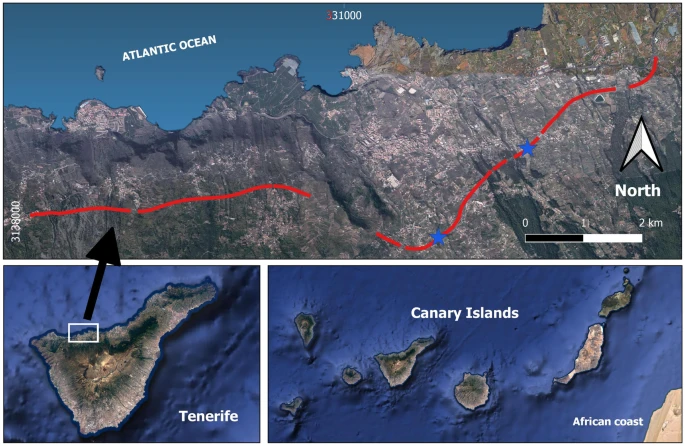El melanismo, considerado como una anomalía pigmentaria, consecuencia de la excesiva acumulación de melanina en las células
pigmentarias de un animal, otorga a este una llamativa alteración en su diseño cromático característico. Leer más.







El melanismo, considerado como una anomalía pigmentaria, consecuencia de la excesiva acumulación de melanina en las células
pigmentarias de un animal, otorga a este una llamativa alteración en su diseño cromático característico. Leer más.

Manual recomendado por la ISVPS como material de apoyo para la obtención del GPCert(ExAP). La obra, escrita por especialistas internacionales, recopila la información más relevante para la práctica clínica en peces, anfibios, reptiles y aves, de forma concisa, sencilla de consultar y apoyada con imágenes de gran calidad. Leer más.

After road inauguration, roadkill rate and spatial and temporal patterns can change substantially due to changes in traffic intensity, avoidance behaviour or local population decline. Despite the Canary Islands constituting a biodiversity hotspot, Canarian ecosystems are highly threatened because of the high human density, and studies on anthropogenic sources of mortality of wildlife are scarce. Leer más.

Actualmente, las citas más cercanas a la ciudad de Burgos (SIARE, 2020) se han registrado en las inmediaciones de Palencia, en el
Parque Natural del Río Lobos (Soria) y en Santo Domingo de la Calzada (La Rioja), a más de 70 km de distancia. Leer más.

Se describe un nuevo caso de consumo de anfibios, esta vez de rana verde (Pelophylax sp.) por cangrejo azul (Callinectes sapidus), lo que constituye una nueva amenaza a este grupo faunístico. Leer más.
